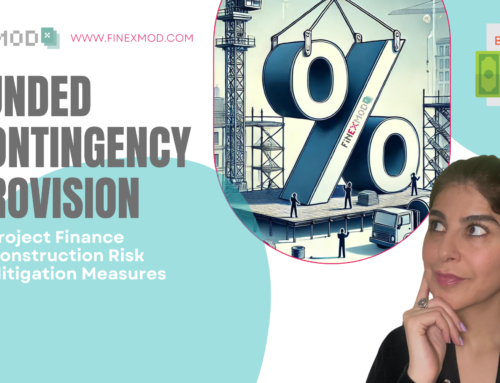As a financial modeler, when working in teams, you often find yourself reporting to an investment office or a manager who, in turn, reports to higher-level decision-makers. This reporting process can sometimes resemble a game of telephone, leading to iterative decision-making.
In a separate blog post, I delve deeper into this topic, which I invite you to read.
When reporting as a financial modeler, it is essential to consider that the final decision rests with the decision-makers. Your goal should be to streamline the decision-making process for them. To achieve this, it is crucial to understand the perspective of most decision-makers and top executives. While they may possess a deep understanding of financial modeling implications, they often lack the time to dive into the model itself to find answers. Therefore, when presenting financial model simulation results, it is crucial to think like a decision-maker.
When reporting the results of financial model simulations, your focus should not solely be on highlighting problems. Instead, you should define the problem while also providing multiple solutions.
Consider an example: suppose you are a financial modeler working on an infrastructure project. After encountering unexpected delays in construction, you need to assess the impact of a six-month delay on project metrics.
First, run your financial model with the six-month delay and report the revised budget, comparing it to the previous budget. Show the impact of the delay and identify any funding shortfalls. For each line item in the total project cost that caused cost overruns, provide explanations for the overruns. Additionally, compare the project metrics in the revised base case to the previous base case. By doing so, you have effectively explained the “problem.”
Even if no one explicitly asks, it is crucial to list the solutions you believe can address the problem. Consider discussing additional debt and equity facilities, examining contracts for potential claims against responsible parties for the delay (known as “liquidated damages”), and proposing a revised debt repayment schedule to bring the base case back to an acceptable status. These proposed solutions should be presented as scenarios, and you can even propose a combined case incorporating the different measures. By providing a range of alternative solutions, you demonstrate your value as a problem-solver.
However, the manner in which you report the problem and the solutions is equally important. Remember to consider the mindset of decision-makers. They will thoroughly analyze the problem and immediately shift their focus to the solution. Therefore, when presenting your solutions, summarize them in a format that is easily understood without referencing specific cells and columns in the financial model. This snapshot of the problem and list of solutions should be concise and readily digestible. Adopting this mindset while preparing your reports will position you as someone who adds value to problem-solving, transcending the role of a mere “financial model mechanic.” or “Spreadsheet Engineer.”
I also have a separate blog post on this topic, which I invite you to read for further insights.


